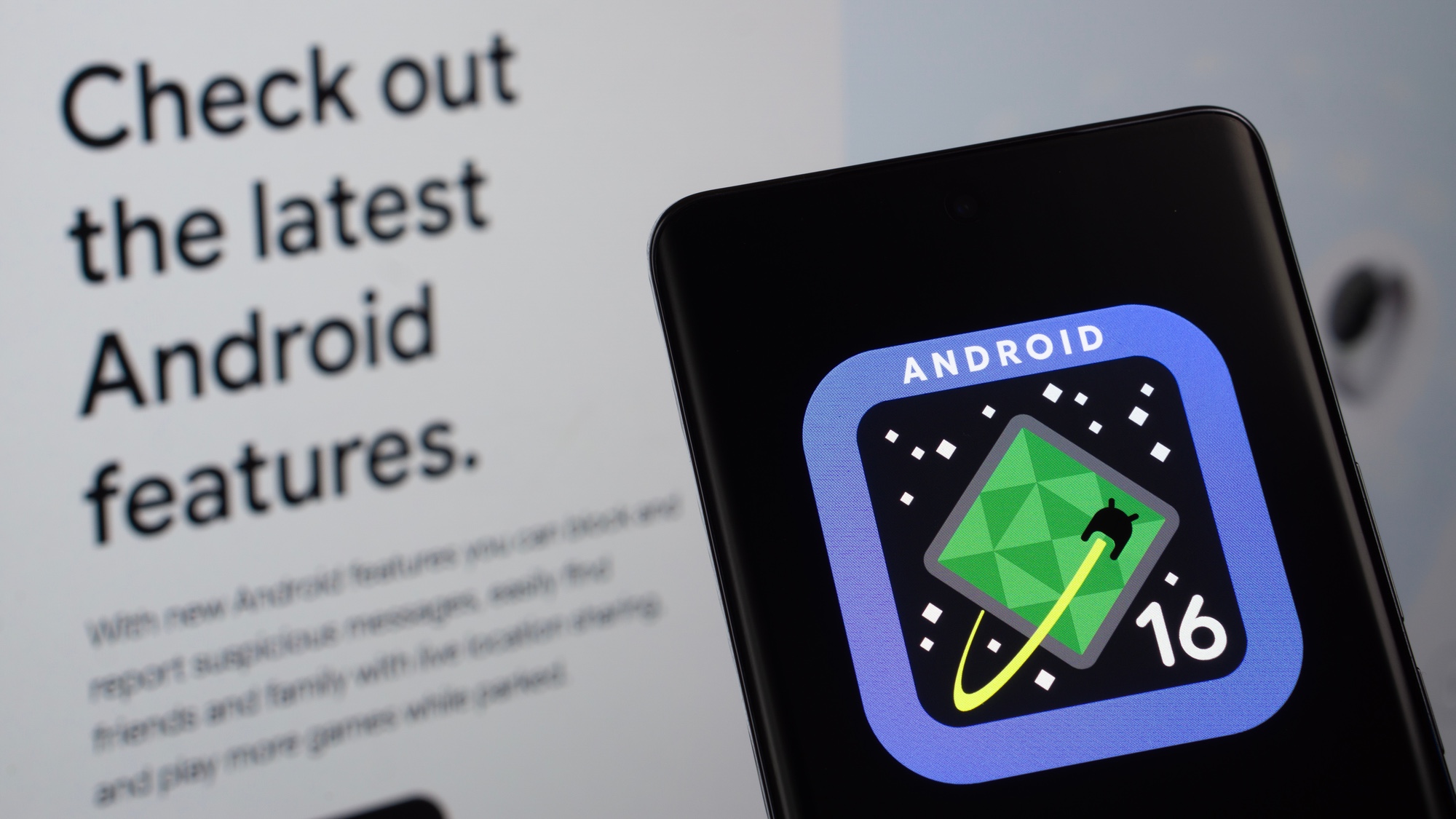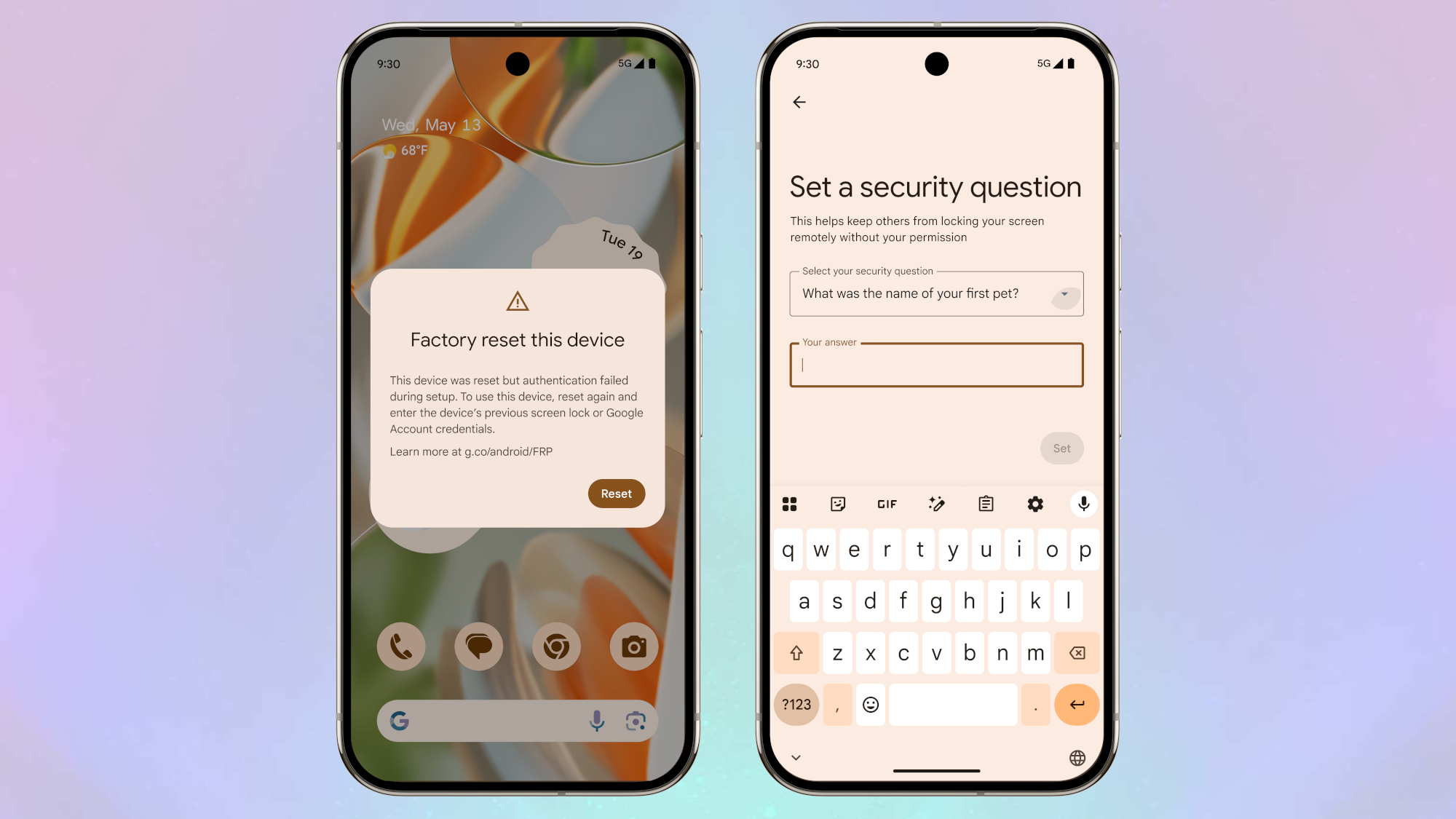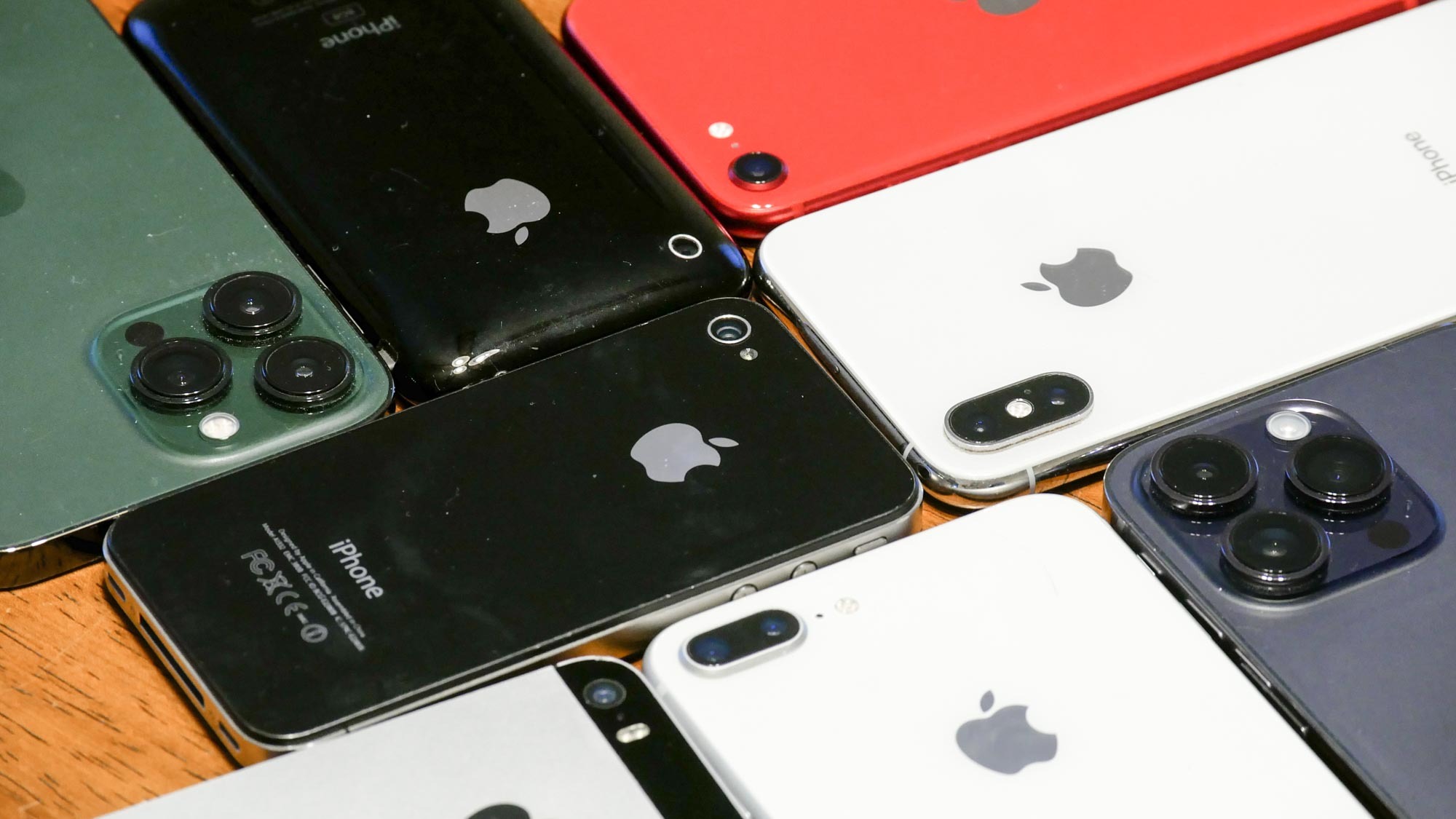Google wants to make it impossible for thieves to sell stolen Android phones — here's how

Google is reportedly working on a means to improve Android's Factory Reset Protection to make it even harder to sell stolen devices.
Currently, Android devices feature several theft protection methods to lock up your phone when it’s stolen. One of the most useful is Factory Reset Protection (FRP,) which Google says it is planning to upgrade in a blog post (spotted by Android Authority) published following The Android Show: I/O Edition earlier this week. Google states that FRP on Android will now “restrict all functionalities on devices that are reset without the owner’s authorization.”
Google shared a screenshot that gives us a good idea of what the upgrade will do. The image shows a dialogue box that has appeared following a user trying to factory reset the device. The pop-up explains, “This device was reset but authentication failed during setup. To use this device, reset again and enter the device’s previous screen lock or Google Account credentials.”
The image also shows off the new security challenge question that aims to give users more control over the Remote Lock feature.

The shared screenshot seemingly indicates that the new improvements will create a soft lock on the device if someone tries to avoid the setup wizard. This could mean that the warning will continuously appear every time the device is forcibly reset, which blocks the thief from using the device, or resetting it through the settings.
How does Factory Reset Protection currently work?
Factory Reset Protection works by creating a key that’s generated when you add a Google Account to a device, which is placed in a protected area of your phone's storage, separate from the user data files. This means the key can’t be removed by a factory reset, only by resetting the device through the settings menu. This key will then be activated whenever someone tries to activate the device after resetting it from the factory menu, which is done using the physical buttons on the phone or via Find My Device.

However, the system has its weaknesses, and when it was first released, there were several means of circumventing it. The release of Android 15 cracked down on many of these methods, which mostly focused on dodging the setup wizard. One of the ways it did this was by banning users from setting up a new Google Account or screen lock on the device until ownership is verified. Google’s new improvement seems to build upon this, and would make selling the stolen device nearly impossible.
Get instant access to breaking news, the hottest reviews, great deals and helpful tips.
We don’t have a set date for the release of this improvement, however, Google has stated that it will be coming “later this year.” This would indicate that, while it won’t be part of the initial Android 16 launch, the increased protections might arrive as part of the update’s quarterly platform releases.
More from Tom's Guide
- RIP Galaxy S26 Plus — the Galaxy S25 Edge may have sealed your fate
- Samsung could soon use AI to turn your photos into videos — here’s what we know
- Going contactless? Here's how to set up Google Wallet on Android

Josh is a staff writer for Tom's Guide and is based in the UK. He has worked for several publications but now works primarily on mobile phones. Outside of phones, he has a passion for video games, novels, and Warhammer.
You must confirm your public display name before commenting
Please logout and then login again, you will then be prompted to enter your display name.
